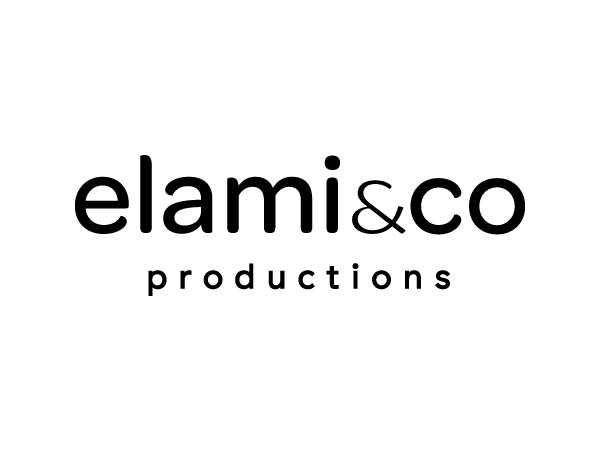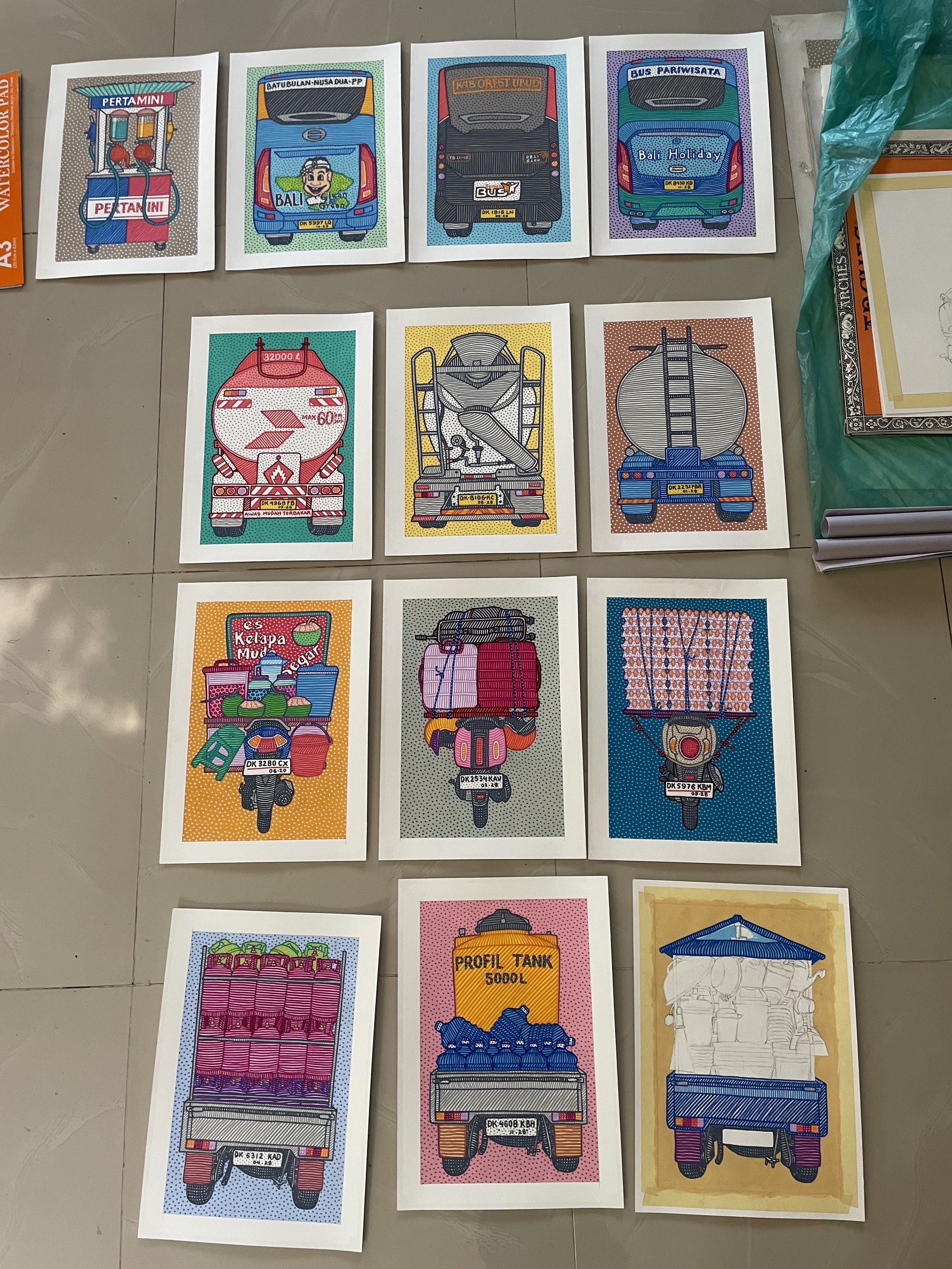Introducing Bali Macet: Playing Cards illustrated by Dodit Artawan
/We’re passionate about co-creating with local artists for our store Toko Elami. We’re very proud to introduce Bali Macet playing cards, featuring original artwork by Dodit Artawan. This exclusive collaboration will launch in early 2025. Bali Macet is our 5th (!!) art game and second deck of playing cards, a sister to the Gumi Bali playing cards illustrated by Rumantra.
About Bali Macet Playing Cards
Trapped in traffic? Deal yourself into the dazzling world of Bali's most iconic roadside scenes. Each card in this deck celebrates the controlled chaos of the island's legendary traffic jams (macet), transformed into explosive pop art through meticulous pointillism and eye-popping color. Get very familiar with the back end of Bali’s vehicles, from the rear-view of the motorbike egg seller to the ever-present cement mixer, to the pick-up piled high with gas tanks. Every vehicle is rendered in hundreds of tiny dots that pulse with electric blues, hot pinks, and sunset oranges. The artist's keen eye captures those perfect moments of gridlock glory: a truck bursting with kitchen utensils, the mobile warung eatery, or a bus filled with tourists on a mission. More than just a deck of cards, it's a handful of Bali's vibrant vehicle culture, where even being stuck in traffic is a work of art.
The artist has hand drawn all the suit symbols and the attention to detail on each vehicle is amazing. Definitely a feast of color in the hidden gems of Bali’s roadside sights.
About the artist
Dodit Artawan, a Bali-born artist, challenges traditional expectations of Balinese art with his unique and vibrant creations. Using paint markers, he transforms common sights from Bali's streets and everyday domestic objects into colorful, intricate works of art. Artawan's pieces are characterized by meticulous lines and dots, with each object featuring detailed etchings. Rather than catering to the picture-perfect tourist images often associated with Bali, he draws inspiration from the realities of daily life, using domesticity to explore and communicate social issues in his neighborhood. Artawan's approach is summed up in his statement, "Just because I am from Bali, it doesn't mean that I have to paint like those pictures on postcards for tourists".
Artawan studied fine art at the Indonesian Art Institute Denpasar Bali and started his art career in 2011. Dodit is an artist whose focus is on the breakaway from the dominance of traditional Balinese art on the art scene in order to seek new expressions for contemporary art in Bali. Dodit Artawan has been widely exhibited in numerous solo and group exhibitions in Indonesia, Singapore, Malaysia, Japan, Italy and the USA. Dodit won the prestigious Bronze Award at the IWS Malaysia 1st International Watercolour Biennale (KL) in 2018.



























